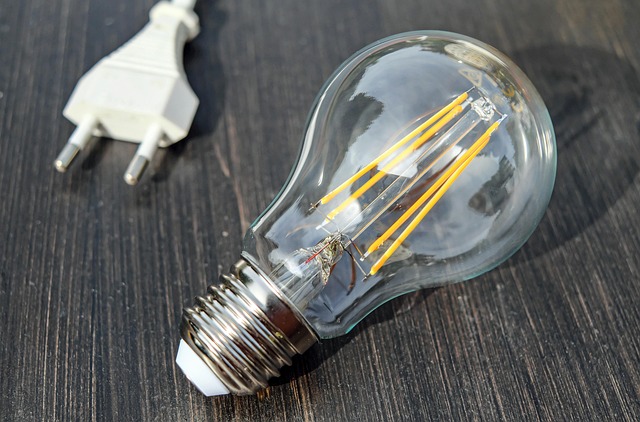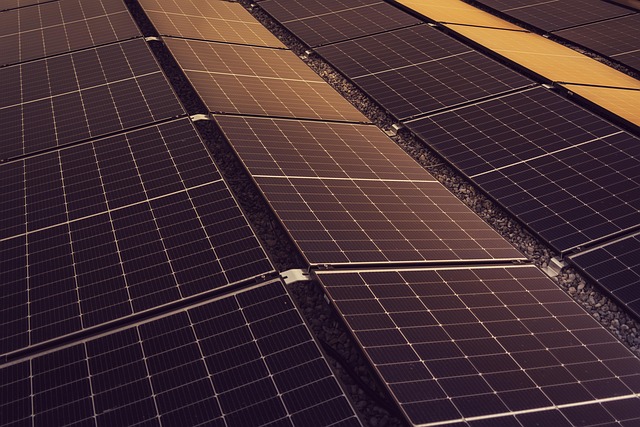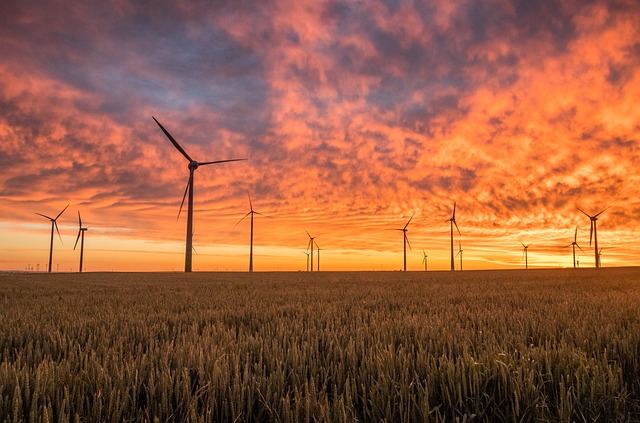Maximizing Efficiency: The Ultimate Guide to Rainwater Harvesting
In an era where sustainability and conservation have taken center stage, rainwater harvesting emerges as a powerful and efficient solution for homeowners and businesses alike. Imagine harnessing the natural power of rain to fulfill your water needs, reduce your utility bills, and foster a healthier environment. This guide will take you through the essentials of maximizing efficiency through rainwater harvesting.
Understanding Rainwater Harvesting
At its core, rainwater harvesting involves collecting and storing rainwater from rooftops, paved surfaces, or other catchment areas. The stored water can be utilized for a range of purposes, including irrigation, flushing toilets, and even in household plumbing systems. Embracing this practice not only conserves precious drinking water but also minimizes runoff that can contribute to erosion and pollution.
The Benefits of Efficient Rainwater Harvesting
The benefits of implementing an efficient rainwater harvesting system are manifold:
- Cost Savings: By utilizing harvested rainwater, you can significantly reduce your water bill, translating into substantial savings over time.
- Environmental Impact: Less reliance on municipal water systems means reduced strain on water resources and lower energy consumption associated with water supply and treatment.
- Self-Sufficiency: Capturing and using rainwater promotes a sense of independence from fluctuating water prices and drought conditions.
- Improved Landscape Health: Rainwater is often of better quality for plants compared to treated tap water, helping you maintain a vibrant, healthy garden.
Key Components of a Rainwater Harvesting System
To effectively harness the power of rainwater, you will need to consider several key components:
- Catchment Area: The surface from which rainwater will be collected, typically a roof.
- Gutters and Downspouts: These facilitate the flow of rainwater from the catchment area to the storage system.
- Storage Tank: A dedicated tank or cistern should be utilized for storing collected rainwater. It’s vital to choose the right size based on your water needs.
- Filtration and Treatment: To ensure the water is clean and suitable for use, invest in proper filtration systems and, if necessary, treatment processes.
Tips for Maximizing Efficiency
To get the most out of your rainwater harvesting system, consider the following tips:
- Monitor Rainfall Patterns: Understanding local rainfall patterns can help you optimize your catchment and storage systems.
- Regular Maintenance: Keep gutters and downspouts clear of debris to ensure maximum water flow, and periodically inspect your storage tank for cleanliness.
- Smart Usage: Use harvested rainwater for non-potable uses like irrigation, vehicle washing, and toilet flushing to maximize efficiency.
Incorporating Automation and Technology
In today’s tech-savvy world, automating your rainwater harvesting system can dramatically enhance efficiency. Technologies such as smart sensors can help monitor your tank levels, automate pump activation, and even integrate with irrigation systems. This not only saves you time but ensures optimal water management for your home or business.
Join the Movement
By adopting rainwater harvesting practices, you are joining a growing movement towards more sustainable living and efficient resource use. Whether in urban or rural settings, there’s immense potential to transform how we think about water usage.




